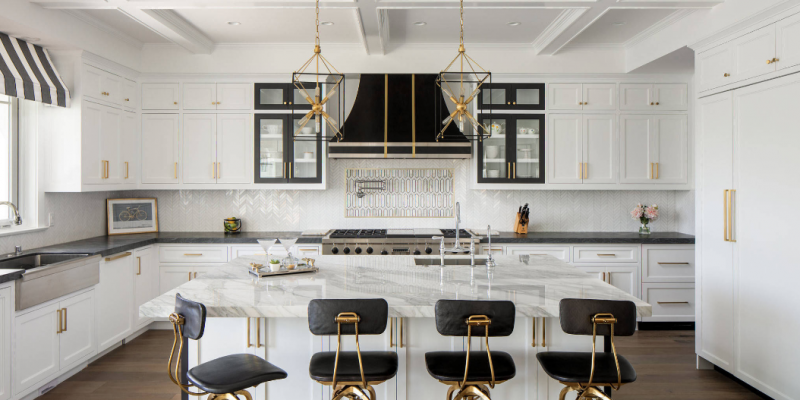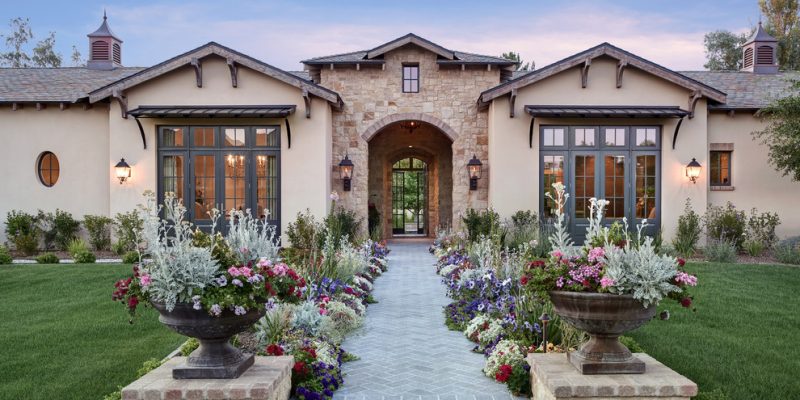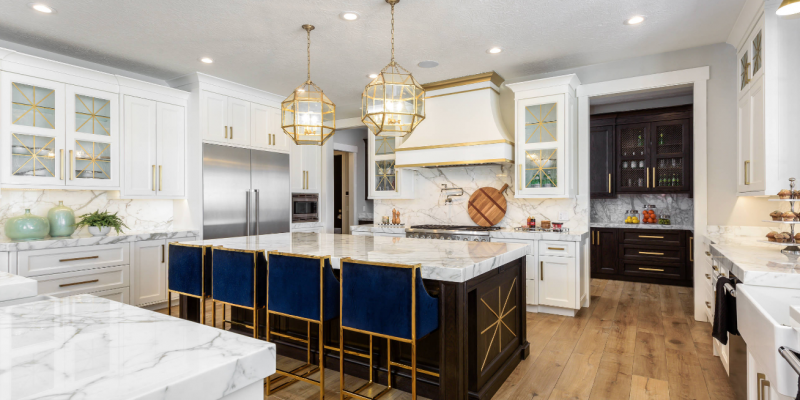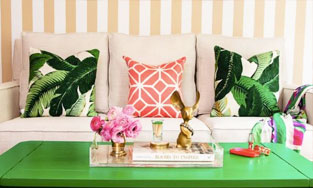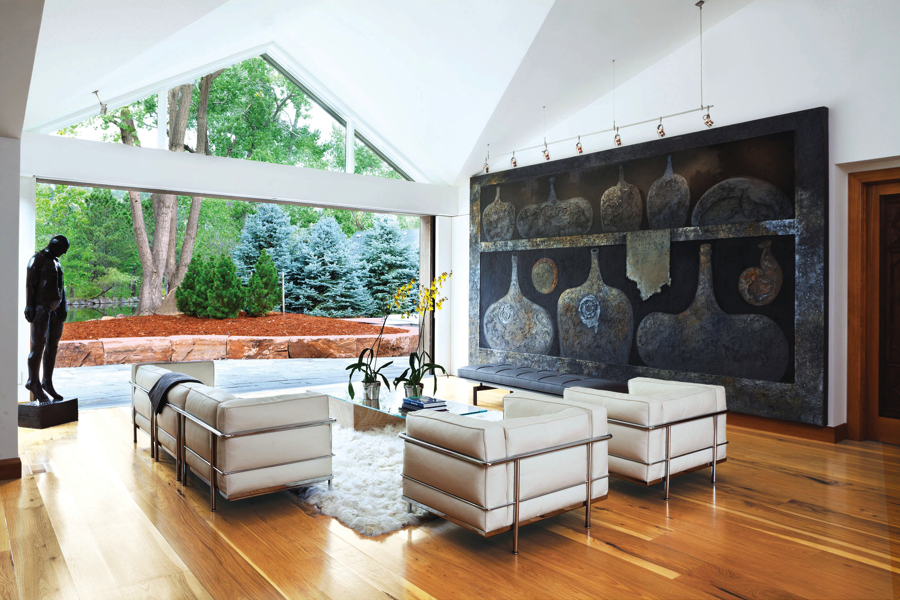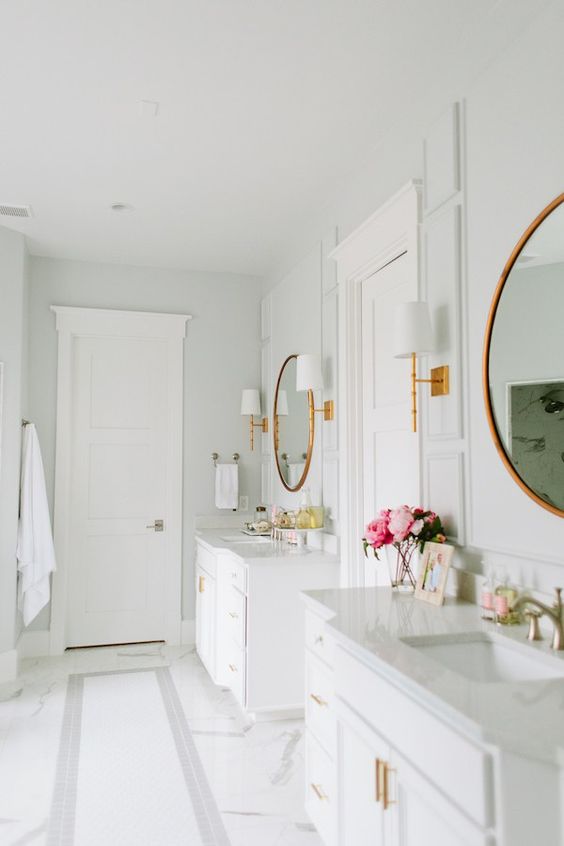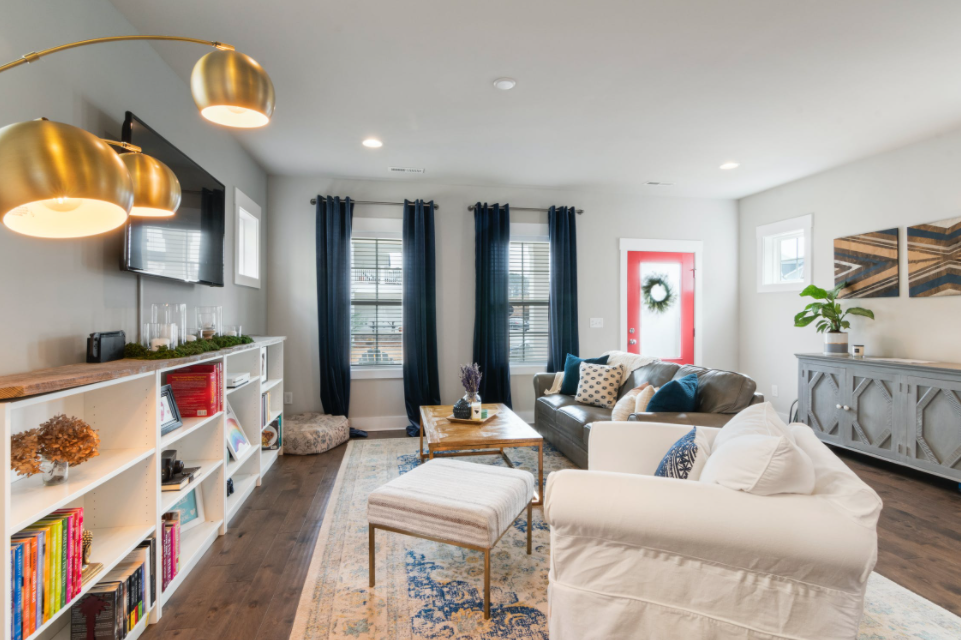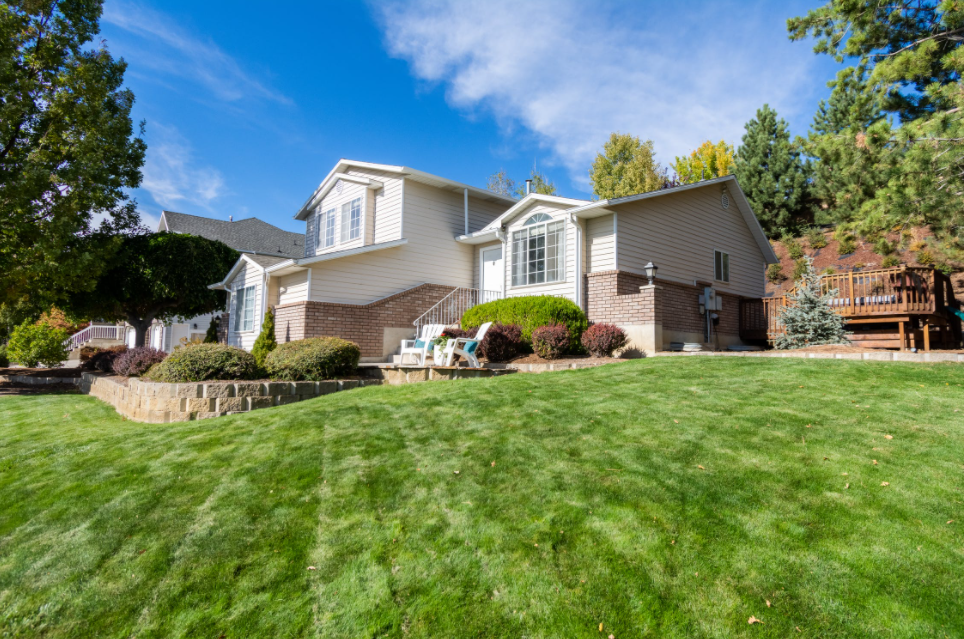Homeowners with a small yard space often have a lot of misconceptions. For example, most of them feel that they don’t have many options when it comes to landscaping!
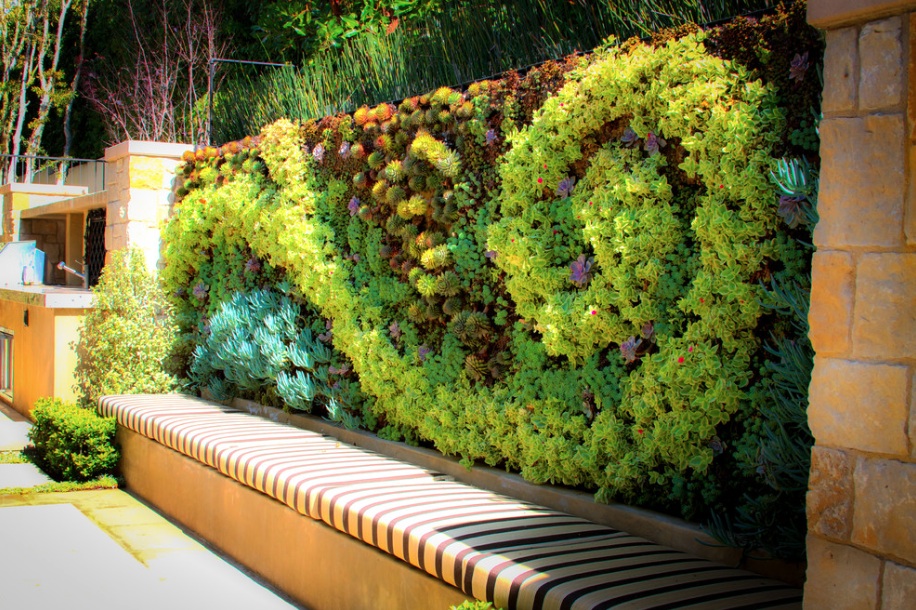
That is not true. In fact, with the rise of the popularity of vertical gardens for small yards, you have far greater options for enhancing the look of your small yard. Specialist landscape contractors like Way to Go Builders San Diego, offer innovative solutions for such spaces. Here are some of the ideas that you can try out for your home.
But before we explore the things that you can do, let us first understand what makes a vertical garden ideal for your small yard.
Why Choose Vertical Gardens for Small Yards?
So, what makes vertical gardens an ideal option for small yard spaces? For starters, it helps you to maximize greenery without taking up a lot of ground space. When used in the right way, they can make your small space feel more spacious and attractive.
What are the Benefits of Using the Idea?
Here are some of the major advantages of setting up vertical gardens for small yards:
- Maximizing Space Utilization– This design idea makes it possible for you to grow a variety of plants in a limited space. You can then use the unused space for seating areas, patios and walkways, getting the complete outdoor experience.
- Improved Visual Appeal – Climbing plants and vines create a lush, natural look that adds to the beauty of a small yard. They add texture, color, and a bit of dynamism to your outdoor spaces.
- Improved Air Quality – It’s no secret that plants act as natural air purifiers. So, in cities where people often struggle with pollution, these gardens absorb pollutants, give shade and add a cooling effect.
The Different Climbers and Vines to Choose from
Climbers and vines can grow easily, and they also occupy significantly less space. This makes them popular choices for vertical gardens. Here are some of the popular choices that you can consider.
- Climbing Roses – These classic blooms add elegance and fragrance to vertical structures.
- Bougainvillea – They are a vibrant and drought-resistant choice. This makes them perfect for warm climates like San Diego.
- Ivy – It is a hardy and low-maintenance option that can be used for covering walls and fences.
- Clematis – This is a versatile flowering vine that gives a touch of color in seasons.
- Jasmine – These have beautiful flowers and a delightful fragrance.
- Vegetables and Herbs – You can incorporate climbing vegetables like beans, tomatoes, and cucumbers or herbs like rosemary and mint to your vertical gardens as well.
How to Design a Vertical Garden?
When you are planning to set up a vertical gardens for small yards, here are few tips that you should consider:
- Choose the Right Support Structures – You can use trellises, pergolas, arbors, and wall-mounted planters to provide sturdy support for climbing plants.
- Mix and Match Different Varieties of Plants – You can combine flowering vines with leafy climbers to create a visually dynamic effect.
- Use Containers and Hanging Planters – They are popular choices for vertical gardens as they help in easy rearrangement and maintenance.
- Ensure Proper Drainage and Irrigation – Vertical gardens require a good deal of water to prevent drying out. It is recommended that you set up drip irrigation systems or self-watering planters.
- Incorporate Lighting – You should also install lighting at the right locations. This will increase the beauty of your vertical garden.
These are some of the important things that you should be aware of when you are considering setting up vertical gardens for small yards. Get professional help and transform your small backyard into a truly stunning and relaxing space.

